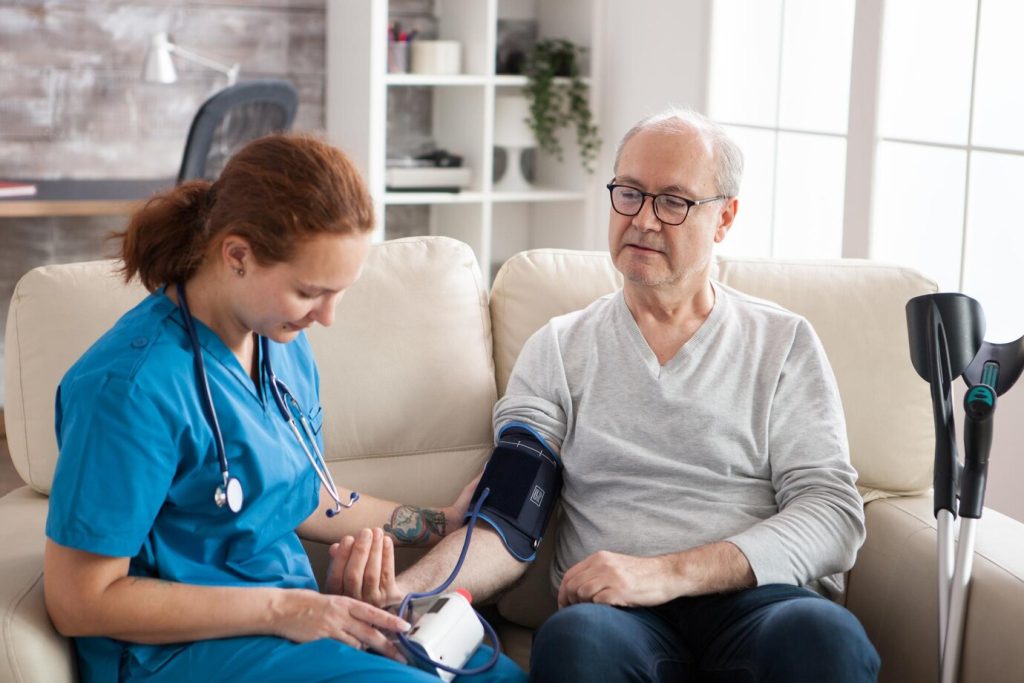Parkinson’s Disease: Understanding, Managing, and Living with the Condition
Introduction
Parkinson’s disease is a progressive neurological disorder which affects movement. It is characterized by tremors, stiffness, disorders in balance, or coordination. Understanding Parkinson’s is very important in managing the condition and improving the quality of life for the affected.
ঘরে বসে নার্সিং সার্ভিস পেতে এখানে ক্লিক করুন: Nursing Agency
বাসায় বসে মেডিকেল সার্ভিস পেতে এখানে ক্লিক করুন: Maisha Care
বাসায় বসে কেয়ারগিভার সার্ভিস পেতে এখানে ক্লিক করুন: Caregiver Agency
ঘরে বসে অক্সিজেন সিলিন্ডার পেতে এখানে ক্লিক করুন: Oxygen Cylinder
What is Parkinson’s disease?
Parkinson’s is a neurological disorder resulting from the degeneration of dopamine-producing neurons in the brain. Dopamine is one of the neurotransmitters involved in the transmission of signals to the part of the brain controlling movement and coordination. As dopamine levels decrease, it becomes hard for the brain to coordinate muscle movements; hence, the symptoms of Parkinson’s appear.
Symptoms Parkinson’s disease is a neurological disorder characterized by the following symptoms, although these may vary from person to person. Some common symptoms seen in the disease include:
- Tremor: Trembling usually first develops in one limb, most commonly in a hand or fingers.
- Bradykinesia: Slowness of movement, which makes simple tasks difficult and time-consuming.
- Muscle rigidity is stiffness in the muscles, sometimes accompanied by hurting and a limited range of motion.
- Impaired Posture and Balance: Stooped posture, loss of balance, higher risk for falls.
- Speech Changes: The voice may become soft, rapid, or even slurred when speaking.
Causes and Risk Factors The exact cause of Parkinson’s Disease is unknown, but several factors may cause or contribute to the disorder:
- Genetics: A few gene mutations may increase the risk. These are quite rare.
- Environmental Factors: Parkinson’s can be developed by a person from neurotoxins, such as pesticides.
- Age—Risk of PD increases with age, especially after age 60.
- Gender: Parkinson’s disease is more common in men than in women.
There is no cure for Parkinson’s, but treatment options are available to manage symptoms:
- Medications: Drugs like Levodopa can help replenish dopamine or mimic its effects.
- Surgical Treatments: Deep brain stimulation (DBS) can help control symptoms in advanced cases.
- Physical Therapy: Exercise can help improve mobility, flexibility, and balance.
Living with Parkinson’s Disease Managing Parkinson’s Disease involves a combination of medication, lifestyle changes, and support:
- Regular Exercise: Helps maintain muscle strength and flexibility.
- Healthy Diet: A balanced diet can improve overall health and help manage symptoms.
- Support Systems: Connecting with others, such as support groups, can provide emotional support and practical advice.
Conclusion Parkinson’s Disease is a challenging condition, but with proper understanding and management, individuals can lead fulfilling lives. By staying informed and working closely with healthcare providers, patients and their families can navigate the complexities of this disease.



